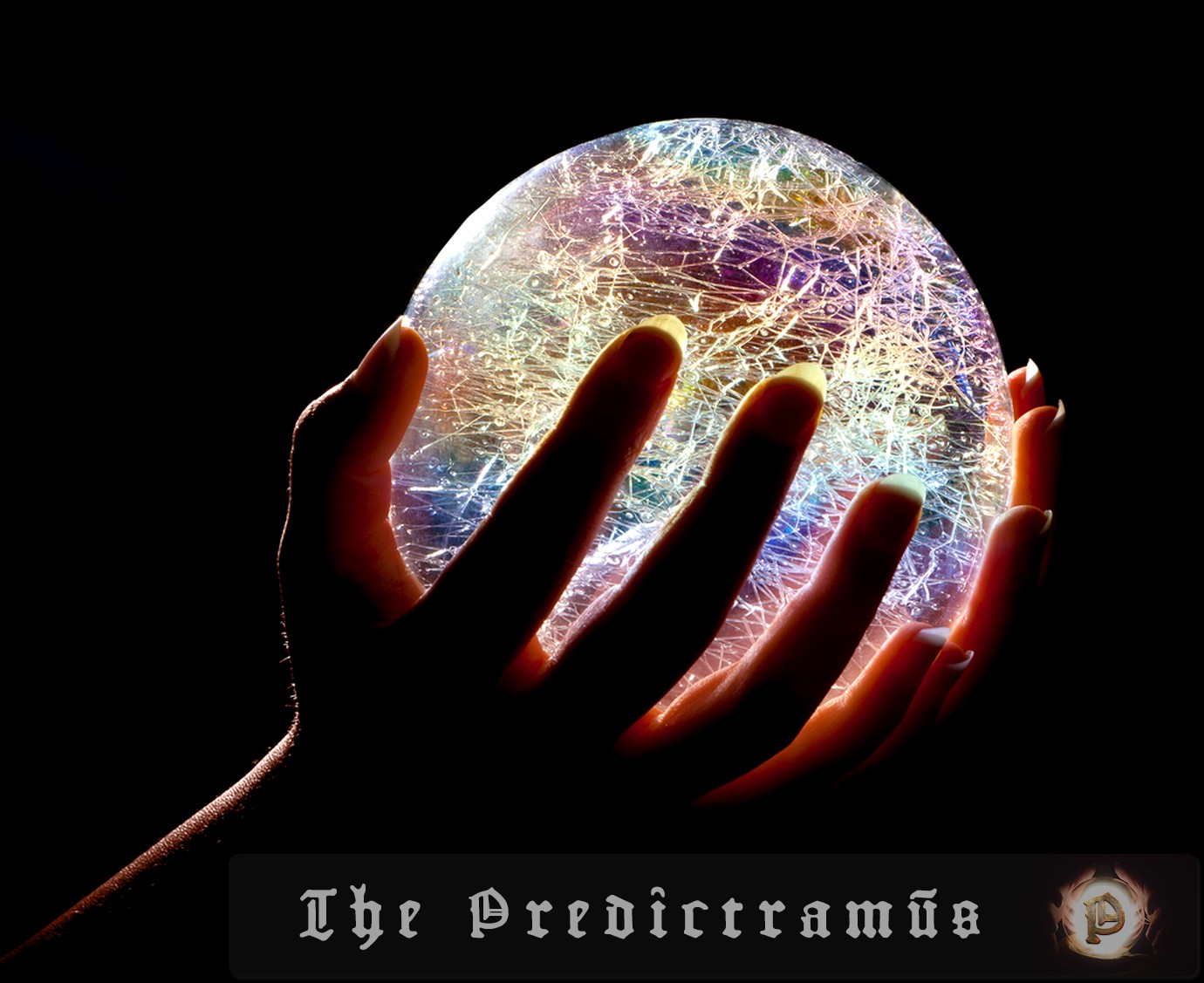Researchers at the National University of Singapore, the University of Kyoto, and the University of California, Berkeley, have made a groundbreaking discovery in graphene research. They have successfully created a new graphene nanostructure, known as an asymmetric or “Janus” graphene nanoribbon, which exhibits ferromagnetic properties. This breakthrough could lead to the development of carbon-based spin…
Physics on The Soothsayer / page 17
A recent study of asteroid dirt brought back to Earth by NASA’s OSIRIS-REx mission has revealed the presence of amino acids, nucleobases, and brines that could have facilitated the formation of organic molecules. This finding bolsters the hypothesis that asteroids like Bennu could have delivered the raw ingredients to Earth prior to the emergence of…
Researchers at the University of Chicago’s Pritzker School of Molecular Engineering have created a groundbreaking hydrogel that doubles as a semiconductor, combining the soft, flexible properties of biological tissues with the electronic capabilities of semiconductors. This material has the potential to revolutionize the way medical devices interface with the human body, enabling seamless integration and…
Researchers at Sichuan University and Queen Mary University of London have made a groundbreaking discovery in the field of materials science, shedding light on the anomalous thermal expansion of cordierite. By using advanced molecular dynamics simulations, the team has found that the material’s unique behavior stems from the interplay between lattice vibrations and elastic properties….
Researchers at the US National Institute of Standards and Technology (NIST) have developed a groundbreaking method to measure temperatures using Rydberg atoms, offering a direct and calibration-free approach. This innovation has the potential to significantly impact various fields, including optical clocks and quantum mechanics. The system’s high sensitivity and accuracy make it an exciting development…
Researchers from Harbin Institute of Technology in China have developed a new approach to oil cleanup using a vortex-anchored filter (VAF) inspired by the anatomy of a deep-sea glass sponge. The VAF exhibits high mass transfer and hydrodynamic stability in cleaning up oil spills under turbulent flow, capturing more than 97% of floating, underwater, and…
Physicists from the University of British Columbia have made a groundbreaking discovery in the field of quantum physics, unveiling an anomalous Hall crystal that exhibits the quantum Hall effect without the need for an external magnetic field. The team, led by Josh Folk, observed the effect in a stack of bilayer and trilayer graphene twisted…
A recent study has shed light on the dangers of microplastics in human tissues, revealing that these small plastic particles can cause neurobehavioral abnormalities and even lead to tissue dysfunction and disease. Researchers have developed a method to track the progression of microplastics through the brains of mice, finding that they become engulfed by immune…
Physicists Kaden Hazzard and Zhiyuan Wang have made a groundbreaking discovery in quantum mechanics, introducing a new class of quasiparticles called paraparticles. These particles exhibit unique properties that differ from familiar bosons and fermions, opening up new possibilities for understanding the quantum world. The researchers propose that paraparticles could manifest as quasiparticles in engineered quantum…
Researchers at the University of California Davis and Stanford University have made a groundbreaking discovery that could potentially store up to half of the CO2 generated by humans each year. By replacing conventional building materials with alternatives that sequester carbon dioxide, the world could lock away up to 16 billion tonnes of CO2. This innovative…










